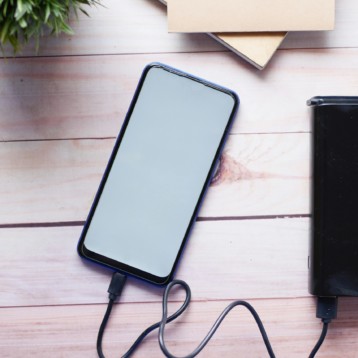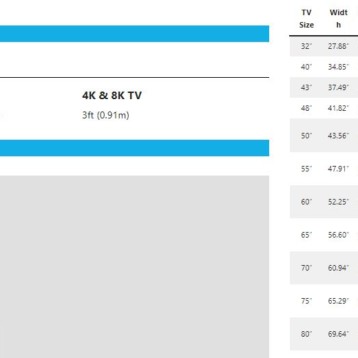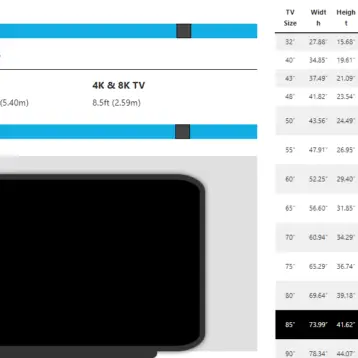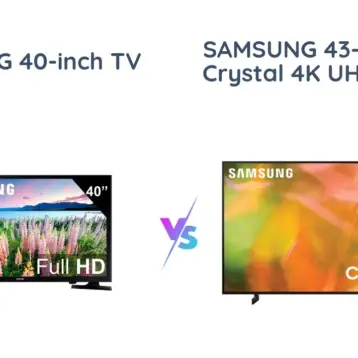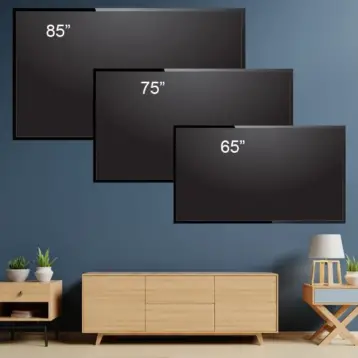Has someone ever trespassed on your property at night when your regular security cameras could not see them because of the darkness? If so, then you would understand the need for thermal imaging cameras. Thieves and other people with malicious intent mostly operate at night or in low light conditions when they feel they can sneak in and out of homes, offices, commercial establishments, warehouses, and other places undetected.
Thermal imaging cameras will spot them in their tracks, so you can see every action they take while you call the police or take appropriate security measures. To adequately protect yourself and your properties with thermal imaging cameras, you need to get it from a reliable source like 123SecurityProducts.
What is a Thermal Imaging Camera?
This is a camera that captures the infrared radiation emitted by an object and uses it to create a thermal image of said object. This process is called thermal imaging and the images captured by the camera represent the temperature of the objects in focus. Thermal imaging camera technology was created for military use but is now used for mainstream security purposes.
The human eyes and regular cameras cannot perceive infrared radiation but thermal imaging cameras can, making them effective in the dark. Thermal imaging cameras convert infrared radiation to electric signals, using them to create the images you see on a security monitor.
Working Mechanism of Thermal Imaging Cameras
When the lenses of these cameras detect infrared radiation, they focus them on detectors that create thermograms. These thermograms are then converted to the electrical signals that form the thermal images that you see on a monitor.
Most thermal imaging cameras show warm objects with a yellow-orange hue. This hue becomes brighter when a hotter object is in focus. Meanwhile, cold objects have a blue or purplish hue. Infrared rays have wavelengths in the 780 nm-1 mm range; you can see anything above that with your naked eye.
Differences Between Thermal Imaging and Visible Light Cameras
Visible light cameras are the regular type of cameras that people use for surveillance. They produce live security footage in full color and can record the videos they broadcast. However, they lack some features that make thermal imaging cameras desirable. Both cameras have pros and cons that appeal to different demographics. Here is an analysis of their up and downsides:
Pros of Visible Light Cameras
- Relatively affordable
These cameras are widely available and relatively affordable to most consumers. Also, the technology is common and easy to integrate with other security tools.
- Great image quality
Many visible light cameras produce high-quality videos in good lighting. This allows observers to easily identify people and objects while monitoring the live feed.
Cons of Visible Light Cameras
- Ineffective in low light conditions
Lighting conditions significantly affect their effectiveness, and they can only be relied on during the day and in good weather. It can be challenging for visible light cameras to produce clear videos at night, at dawn, or in foggy weather.
- Need for extra lighting
Since these cameras function optimally in good lighting, they need LED lamps to enhance their vision at night. These LED lights will not significantly increase your electricity bill but they might require regular maintenance or frequent replacements.
- Light pollution
Constantly putting on your LED lamps at night to support your surveillance cameras creates light pollution. This might bother your neighbors, disrupt the scenery, and interrupt the natural processes that occur at nighttime.
- They are conspicuous
Visible light cameras need a clear view of the area they are monitoring, so they are always placed in plain sight, making them easy for intruders to spot.
Pros of Thermal Imaging Cameras
- Efficient in all lighting conditions
Thermal imaging cameras use infrared radiation to create high-contrast images, making them effective in all lighting conditions, even at night. Ambient lighting does not affect their image quality most times and their viewing range is longer than that of visible light cameras.
- Reduces light pollution
These cameras do not need extra light sources, so there is no need to install and constantly put on LED lamps. This will preserve the scenery, and reduce the need for maintenance.
- They are discreet
Since thermal imaging cameras do not rely on ambient light or artificial light sources, you can place them in discrete locations. This prevents intruders from destroying them, so do not have to replace them often.
- Less false alarms
The cameras produce sharp images in all lighting conditions, so you can see if a potential intruder being captured is a real person, an animal, or a random object blown by the wind. This is useful in low light conditions and bad weather to avoid unnecessary panic.
Cons of Thermal Imaging Cameras
- They are expensive
Thermal imaging cameras use more sophisticated technology and technical components so they are more expensive than visible light cameras. Also, their optics and detection systems are not as common, so there is limited supply, which also drives up the price.
- Objects can be obstructed by certain materials
Most infrared rays cannot pass through glass and water, making it hard to see people who are in cars with their windows up. While this may not be a major problem, there are a few times when it will let you down.
- Intruders will not be identified
These cameras are very effective in detecting intruders and trespassers but you will only see their thermal images, not full body photos. This will make it hard for you to identify them unless you already know their body outline.
How to Choose the Right Thermal Imaging Camera
The right thermal imaging camera for you depends on your budget, the use case, quality, thermal sensitivity, and detector resolution. You need to decide how much you are willing to spend on the camera and look for the cameras within your budget on an online store. Make a shortlist based on what you need the cameras for and read their descriptions to know their thermal sensitivity and detector resolution.
The thermal sensitivity is the smallest temperature change that the camera can measure. If a camera’s thermal sensitivity is 0.1°, there will be a visible color change in the hues that are displayed when looking at two objects with a temperature difference of 0.1°. Your camera should also be able to detect a wide range of temperatures. The recommended range is between -20°C and 1200°C.
Your camera’s detector resolution is the number of pixels it can put in one frame. The higher the number of pixels, the clearer the image formed. The standard resolutions for thermal imaging cameras are 640 x 480, 320 x 240, and 160 x 120. You should aim for the highest resolution in your budget.
Consider all these factors and read online reviews to determine how dependable, durable, and quality the cameras on your shortlist are before making a final decision.
Endnote
If you are reading this post, you are likely considering setting up a surveillance system with thermal imaging cameras for the first time. It is important that you understand the limitations of the cameras you will buy. Thermal imaging cameras can reliably detect body heat so you know when unwanted parties are encroaching on your property. However, it may have problems doing so effectively on very hot days because the ambient heat might be similar to the human body temperature.
It might be best if you have a mix of visible light and thermal imaging in your CCTV setup so you get the benefits of both. But this can be expensive. Nevertheless, you should not compromise your security due to the upfront cost. This is because break-ins and theft can result in greater losses down the line.


